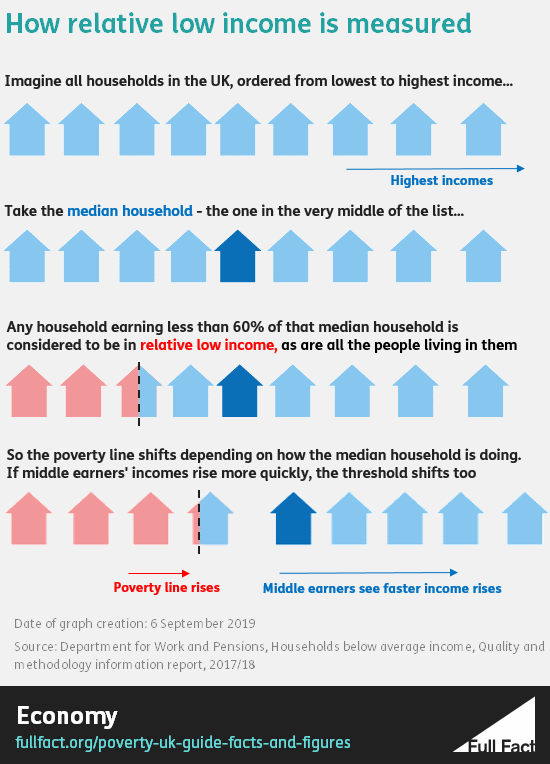I introduced a new series of blogs today focusing on child poverty, and before we start we need to learn the basics. This blog is focused on what child poverty is and how it is measured in the UK context.
What is child poverty?
In the UK, child poverty is defined as a child living in a household with an income below a certain threshold, which is based on the national average income.
And how do we measure child poverty?
Many of you may be aware of different measures of poverty such as the famous international poverty line, the number of people living below $1.90 per day (replaced now with $2.15). However, this doesn't apply in the UK as the wages and benefit system provides more monetary support than $2.15 to individuals.
Does that mean that there is no poverty in the UK? Unfortunately not, poverty exists as many people don't have enough money to fulfil their basic needs such as food. In the UK poverty is measured in relation to household income. Based on that we have two main measures of poverty:
Relative low income: An individual is in relative low income if they are living in a household with income below 60% of median household income in that year. This measure essentially looks at inequality between low and middle income households.
Absolute low income: An individual is in absolute low income if they are living in households with income below 60% of the median household income in 2010/11, adjusted for inflation. By using an income threshold that is fixed in time, this measure looks at how living standards of low-income households are changing over time.
Median income is the point at which half of households have lower income and half have higher income.
But income is not the only way we measure poverty, in this series we are going to look at a series of indicators such as
Material deprivation indicators, looking at whether families can afford basic needs for their children such as clothing, medicines and education
Looking at the families using food banks
Measures of poverty depth and persistence: looking at whether families have lived in poverty for a long time such as three or four years
The next blog of the series will cover why child poverty has been increased during the last decade in the UK.





